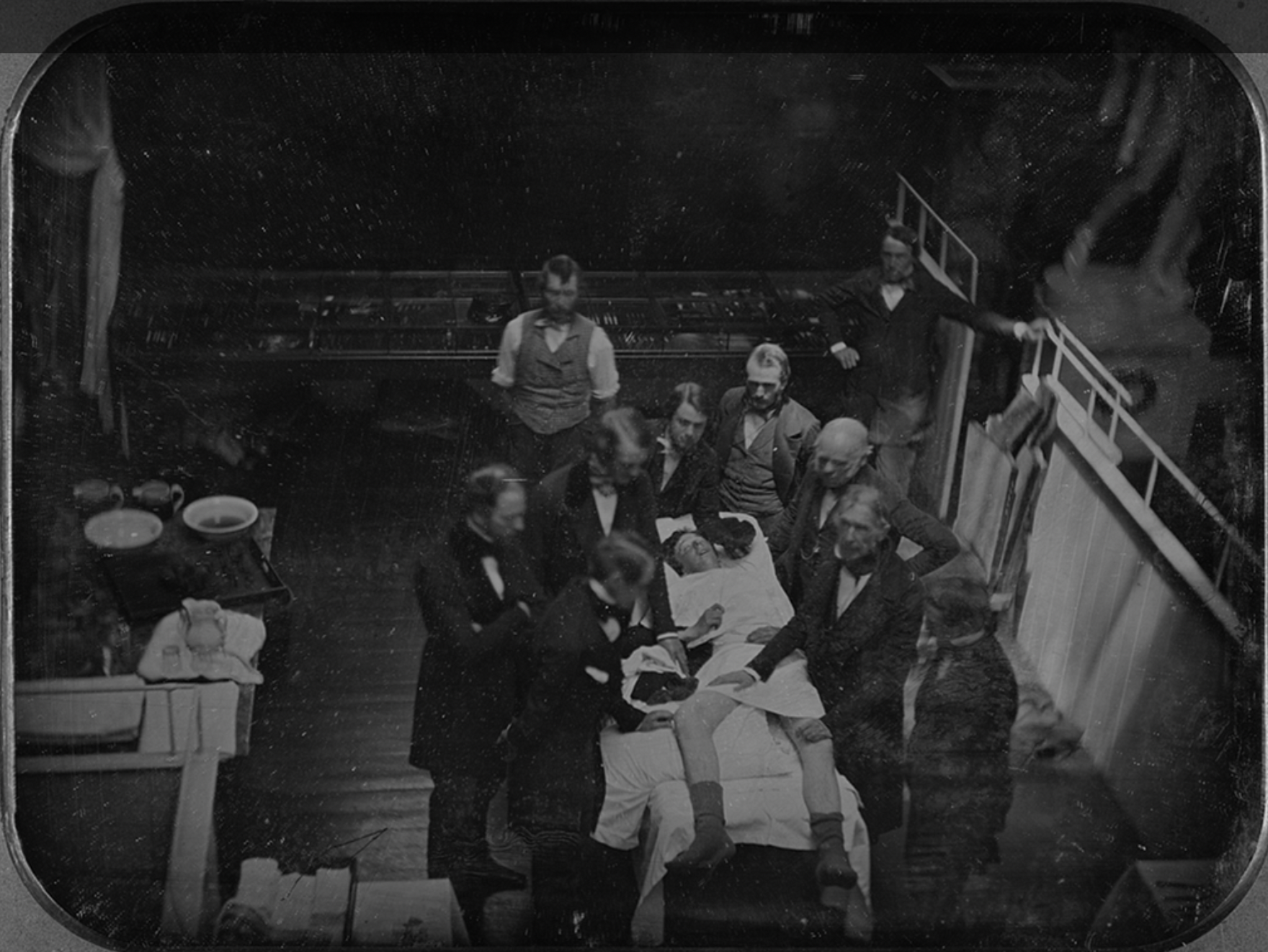The Ether Dome 🤫 Boston's Hidden Gem Above Mass General
Boston is a city teeming with stories that trace back centuries. But perhaps one of the lesser-known historical sites lies above one of the city's most modern facilities: Massachusetts General Hospital. Nestled atop this world-renowned hospital, you’ll find the Ether Dome, a surgical amphitheater steeped in history and medical discovery.
The Ether Dome, a hallowed place in the world of medical science, was once the site of public surgeries and an operating theater where numerous breakthroughs were witnessed by medical professionals of the era. Today, it remains as a testament to the pioneering spirit of Boston and the world of medicine, and offers a glimpse into the past that remains relevant even in the technologically advanced world of healthcare.
Here are five intriguing facts about the Ether Dome:
1. The Birthplace of Modern Anesthesia
In 1846, the Ether Dome became the site of the first successful public demonstration of surgery using ether as an anesthetic. A Boston dentist, William T.G. Morton, used ether on a patient during a tumor removal operation performed by Dr. John Collins Warren. This marked a critical turning point in medical history, as it opened the door for more complex and less painful surgical procedures. Today, a painting commemorating this historic moment hangs within the Ether Dome.
2. A Grand Design
The Ether Dome was not always the location for surgeries at Mass General. The operating theater was relocated to its current site in 1821 due to the previous location's lack of natural light. The Ether Dome was architecturally designed to allow maximum sunlight, featuring a dome-like structure to enable as much light as possible to filter into the operating theater. This design was not only aesthetically pleasing but was also a necessity in an era before the invention of electric lighting.
3. The Mummy in Residence
In addition to its medical significance, the Ether Dome also houses an Egyptian mummy named Padihershef, who was gifted to the hospital in 1823. Padihershef was a stonecutter in Thebes, and his presence in the Ether Dome is a constant reminder of the span of medical history, bridging the gap from ancient practices to modern methods.
4. The Ether Day Celebration
Every year on the 16th of October, Mass General celebrates Ether Day to commemorate the historic demonstration by William T.G. Morton. This day is a reminder of the progress in medical science and an opportunity to reflect on the significance of the Ether Dome and its contribution to modern medicine.
5. A Public Museum
Despite being located within an active hospital, the Ether Dome operates as a public museum and is accessible to visitors interested in medical history. A trove of historical artifacts, including old surgical instruments and medical texts, are on display, offering a peek into the evolution of medicine. However, the centerpiece remains the amphitheater itself, a monument to an era where scientific discovery was a public spectacle.
The Ether Dome, in its silence, whispers tales of monumental medical breakthroughs, echoing an era of tremendous human curiosity and innovation. Nestled amidst the hustle of a modern city and a working hospital, it remains a beacon of historical significance and a testament to human resilience and the spirit of discovery.
Have you visited the Ether Dome? Let us know what you think in the comments!


